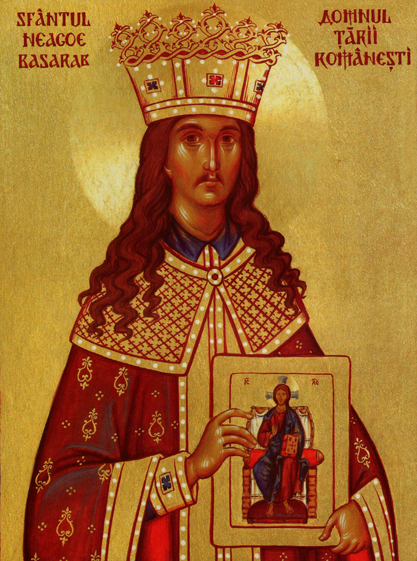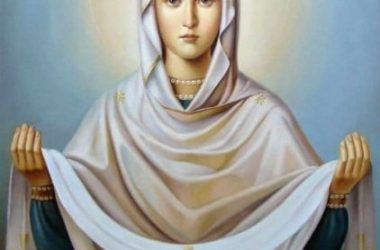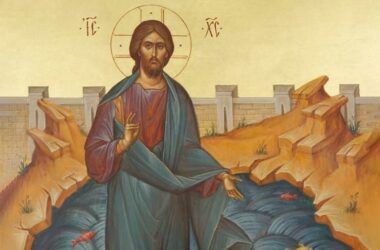It was the autumn of 1499. Grandma Anghelina informed me that I would attend a banquet hosted by Prince Vladislav, in the royal entourage of my father. I was dressed in precious garments, with diadems and golden ornaments in my hair, wearing a silver brocade gown adorned with gems instead of buttons. At the age of eleven, it was said that I was already a princess of Srem! Grandma took these gifts from her treasure chests of jewelry and lovingly prepared me. She advised me on how to behave, wisely telling me that this visit would be significant for me. And so it was.
I remember how majestic the Court of Buda seemed to me, with the palace of King Vladislav and the multitude of nobles who had come from all over! After the reception ceremony and the sumptuous imperial feast, the younger guests were invited to the Court’s painting salon, the pride of the entire palace. There was an entirely new art for me, unfamiliar to the frescoes that warmed my heart in our Serbian Churches. From the paintings, it seemed as if cold gazes were following me, which made me feel uneasy.
The host, a learned noble of the palace, praised Western art:
-On the ruins of Constantinople, which we all mourned, a new world and a new art are emerging. Europe is now moving towards renewal and enlightenment, freeing itself from the outdated canons of the past. “Look at this Madonna!” he said to us, showing us a painting in which the Blessed Virgin was unveiled, holding a naked child in her arms. Such grace, such human warmth!…
These words were a heavy humiliation for many of the guests because the protection offered by the Westerners was never selfless.
But then a voice was heard:
-I have admired the great skill of your painters! However, you should know that this painting appeals more to the physical senses than to the soul, and what is built upon the senses has the strength of sand and ashes. The Byzantine icon will not die, for its power is spiritual. In the Byzantine icon, we confess and safeguard the purity of the Mother of God. She is the Mother of a Crucified Son and through this, the mother of all who suffer. And I believe that the Blessed Virgin finds more solace in the frescoes of our churches ravaged by the Turks than in the opulent palaces where she seems stripped of her immaculacy!
I raised my gaze to the one who spoke these bold words. He was a young nobleman from Wallachia, tall in stature, with eyes illuminated by tender eyebrows, a serene face, and shoulder-length chestnut curls. He spoke warmly, calmly, but with power. I looked at him with gratitude and timidity, as if he were an Angel descended from the Serbian frescoes…
Towards evening, I spotted him again in the garden, away from the noise of the palace. He stood upright, lost in thought, gazing beyond the beauties of Prince Vladislav’s garden. It was only when I approached that he heard the steps on the carpet of leaves. He bowed before me, even though I was just an eleven-year-old girl, and I dared to say to him:
-I am grateful for the kind words you spoke. As a token of gratitude, I would like to give you a gift from Tsar Ivan Branković. It is a medallion with the image of the Mother of God, the Mother of those who suffer, the Protector of Christians…
And I extended the medallion I wore around my neck. He looked at me with love and astonishment, saying that he was unworthy of such a gift…
However, a voice interrupted our conversation:
-Milita! Despot Milita!
It was my father’s voice, searching for me in confusion. I ran towards the palace, leaving behind the rustling of leaves in my footsteps, and in the hands of that stranger, I left the medallion of the Mother of God and a part of my heart.
I carried this luminous memory in my soul with secrecy and longing throughout all the years of my childhood.
Before leaving Buda, we bid farewell to each other in peace. It was then that I learned that the young man with the face of an angel was a high-ranking official at the Court of Radu, the voivode of Wallachia.
His name was Neagoe Basarab, the man whom the Mother of God had woven into my life since childhood. I would only meet him again after five years, in Wallachia.
From the Notes of Nun Platonida, Lady Despina of Wallachia – edited by the Holy Monastery of Diaconești.






